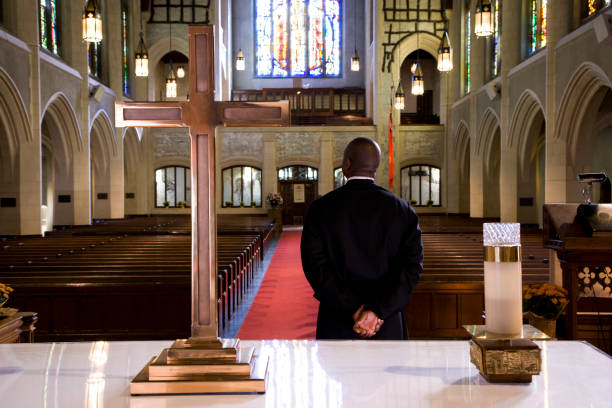If you’ve been keeping up with our recent blog posts in the Bullseye Tax Relief Business Taxes blog series, you’ve been seeing all the different rules, requirements and tax responsibilities a business owner has to keep in mind depending on the types of employees their business employs.
In some of our first posts in the series, Business Taxes: 1099 Independent Contractors and Business Taxes: Hiring W-2 Employees, we discussed the differences in the tax responsibilities for the two different main kinds of employees: W-2 employees and 1099 independent contractors. There are plenty of differences just between these two different groups. If you’re not caught up on that information yet, you can get started here: Business Taxes: Employment Taxes.
Following that discussion, we looked into other types of employee categories and the tax responsibilities associated with these groups. For instance, to learn about the differences when it comes to hiring part time or seasonal help, you can check out our post on the subject: Business Taxes: Employment Tax Withholdings for Part Time or Season Help.
Then, we got into another interesting facet of business and employment taxes: employing family. Depending on which direction the relationship is facing, i.e. who is employing who, there are a ton of different subsets of rules and IRS tax responsibilities. In our first post discussing the employment of family members, Business Taxes: Employing Family, as the title suggests, we discuss the tax responsibilities involved with a parent hiring a child.
In the proceeding posts, we cover other family employment scenarios like when a child employs their parents (read more here: Business Taxes: Employing Parents), when one spouses employs another (Business Taxes: Employing Spouses) and spouses that have formed a business partnership or meet the requirements for a qualified joint venture (Business Taxes: Employing Spouses – Business Partnership).
As you can see, there are many different possible employment scenarios and the IRS has different rules, requirements, responsibilities and stipulations for many of them. In this post, we’ll briefly discuss the rules, requirements, responsibilities and stipulations associated with employing members of the clergy.
Employment Taxes & Members of the Clergy
As of February 26th, 2021, according to the IRS Page Members of the Clergy, “for services in the exercise of the ministry, members of the clergy receive a Form W-2 but do not have social security or Medicare taxes withheld. They must pay social security and Medicare by filing Form 1040 (Schedule SE), Self-Employment Tax. For additional information refer to Publication 517, Social Security and Other Information for Members of the Clergy and Religious Workers.”
So as you’re hopefully starting to see from a few different examples, it’s important to pay attention to the different classifications your employees may fall under. When it comes to employing members of your family, there are very specific rules and requirements depending on the relationship. When it comes to hiring members of the clergy, as is indicated above, they are treated somewhat similar to W-2 employees, except they do not have social security or Medicare taxes withheld. What isn’t mentioned here are income tax withholdings, so remember to plan accordingly if your business employs members of the clergy. For a quick refresher on employing W-2 employees, check out our previous article Business Taxes: Hiring W-2 Employees.
Sources:
https://www.irs.gov/businesses/small-businesses-self-employed/members-of-the-clergy

